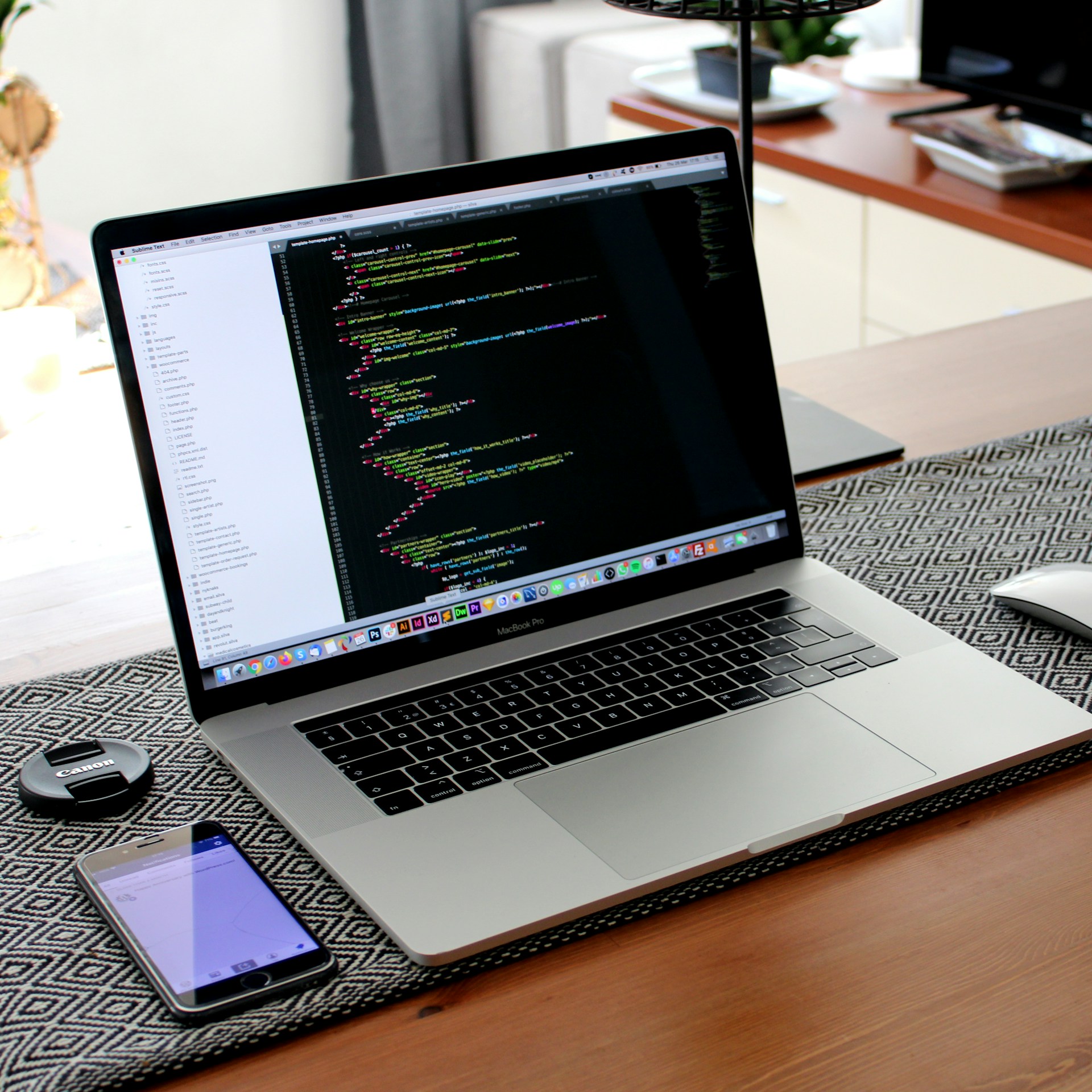Bridging the Gap: Collaboration Between Designers and Developers
Jun 15, 2024
Effective collaboration between designers and developers is essential for creating successful digital products. While designers focus on aesthetics and user experience, developers bring these visions to life through code. Despite their different skill sets and perspectives, designers and developers must work together seamlessly to deliver functional and beautiful products. This article explores strategies to bridge the gap between designers and developers, fostering a collaborative and productive environment.
The Importance of Collaboration
1. Streamlined Workflow
Collaboration ensures that both design and development processes align, leading to a more streamlined workflow. When designers and developers work closely together, they can identify potential issues early, make informed decisions, and avoid costly rework.
2. Enhanced Creativity
Combining the creative perspectives of designers with the technical expertise of developers often results in innovative solutions. Collaborative environments encourage the sharing of ideas and constructive feedback, pushing the boundaries of what’s possible.
3. Improved Product Quality
When designers and developers collaborate effectively, the end product is more likely to meet user needs and expectations. A collaborative approach ensures that design and functionality are balanced, resulting in a product that is both visually appealing and highly functional.
Strategies for Effective Collaboration
1. Establish Clear Communication Channels
Effective communication is the cornerstone of successful collaboration. Establishing clear communication channels ensures that everyone is on the same page and can easily share information and updates.
Regular Meetings: Schedule regular meetings, such as daily stand-ups or weekly check-ins, to discuss progress, address challenges, and plan next steps.
Collaborative Tools: Utilize collaborative tools like Slack, Microsoft Teams, or Trello to facilitate real-time communication and project management.
Shared Documentation: Maintain shared documentation, such as design briefs, style guides, and technical specifications, to ensure everyone has access to the same information.
2. Foster Mutual Understanding and Respect
Designers and developers often have different mindsets and priorities. Fostering mutual understanding and respect helps bridge these differences and encourages a collaborative spirit.
Empathy Building: Encourage team members to learn about each other's roles, challenges, and workflows. This can be achieved through cross-functional training sessions or job shadowing.
Respect for Expertise: Acknowledge and respect the expertise each team member brings to the table. Designers should trust developers’ technical decisions, and developers should value designers’ creative input.
3. Involve Developers Early in the Design Process
Involving developers early in the design process can prevent potential technical issues and ensure feasibility. Early collaboration allows developers to provide valuable input on design decisions, making the development process smoother.
Design Reviews: Include developers in design review meetings to gather their feedback and address any technical concerns.
Feasibility Checks: Conduct feasibility checks during the design phase to ensure that proposed designs can be implemented within the project’s technical constraints.
4. Use Design Systems and Style Guides
Design systems and style guides create a shared language for designers and developers, ensuring consistency and coherence throughout the project.
Design Systems: Develop a comprehensive design system that includes reusable components, patterns, and guidelines. This helps maintain visual consistency and speeds up the development process.
Style Guides: Create style guides that outline typography, color palettes, spacing, and other design elements. These guides serve as a reference for both designers and developers, ensuring alignment.
5. Encourage Continuous Feedback and Iteration
Continuous feedback and iteration are essential for refining the product and addressing issues promptly. Establish a culture of open feedback and continuous improvement.
Regular Check-Ins: Schedule regular check-ins to review progress, gather feedback, and make necessary adjustments.
Prototyping and Testing: Use prototyping and user testing to gather feedback from real users. This helps identify usability issues early and ensures the product meets user needs.
6. Leverage Collaborative Tools and Technologies
Modern tools and technologies facilitate collaboration between designers and developers, making it easier to share ideas and work together.
Design Handoff Tools: Use design handoff tools like Zeplin, InVision, or Figma to streamline the transition from design to development. These tools provide developers with access to design assets, specifications, and code snippets.
Version Control Systems: Implement version control systems like Git to manage code changes and collaborate on development tasks. This ensures that everyone is working on the latest version of the project and can track changes effectively.
Conclusion
Bridging the gap between designers and developers is crucial for creating successful digital products. By establishing clear communication channels, fostering mutual understanding, involving developers early in the design process, using design systems and style guides, encouraging continuous feedback and iteration, and leveraging collaborative tools, teams can work together more effectively. Embracing these strategies not only improves the quality of the end product but also creates a more collaborative and enjoyable work environment. By recognizing and valuing each other's expertise, designers and developers can unlock their full potential and deliver products that truly resonate with users.



